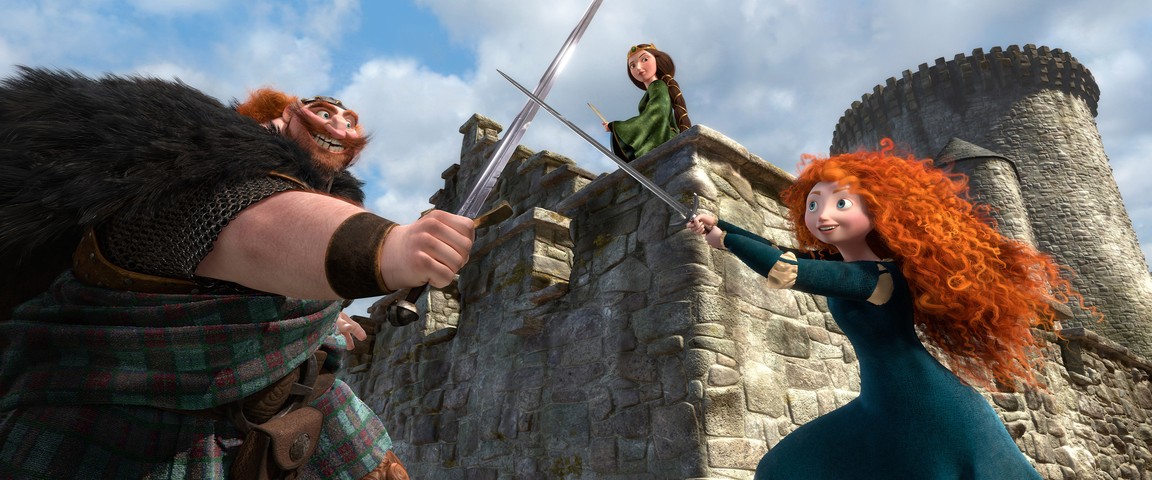

The rocky production history also hadn’t helped. The straightforward premise of “Brave” a princess who refuses to be betrothed and her relationship with her mother felt quaint in the context of the previous films. The story of Scottish princess Merida, and her journey towards self-actualisation, felt less ground-breaking than the studio’s more overtly unusual premises, such as an old widower chasing adventure in “Up”, the robot love story in “Wall-E”, or a rat with culinary ambitions in “Ratatouille”. Disney had, in fact, bought Pixar Studios six years earlier, so that “Brave” was, technically, a Disney film. It was a foray into the princess-mode of storytelling that was more reminiscent of Disney. Although the reception was positive, the general feeling then was that “Brave” was good but not great Pixar material. By that point, the studio’s previous 12 features across 17 years had defined it as a cultural behemoth in animation.


When “Brave” premiered at the Seattle International Festival in June, 2012, it was the first feature from Pixar Animation Studios to feature a female protagonist.


 0 kommentar(er)
0 kommentar(er)
